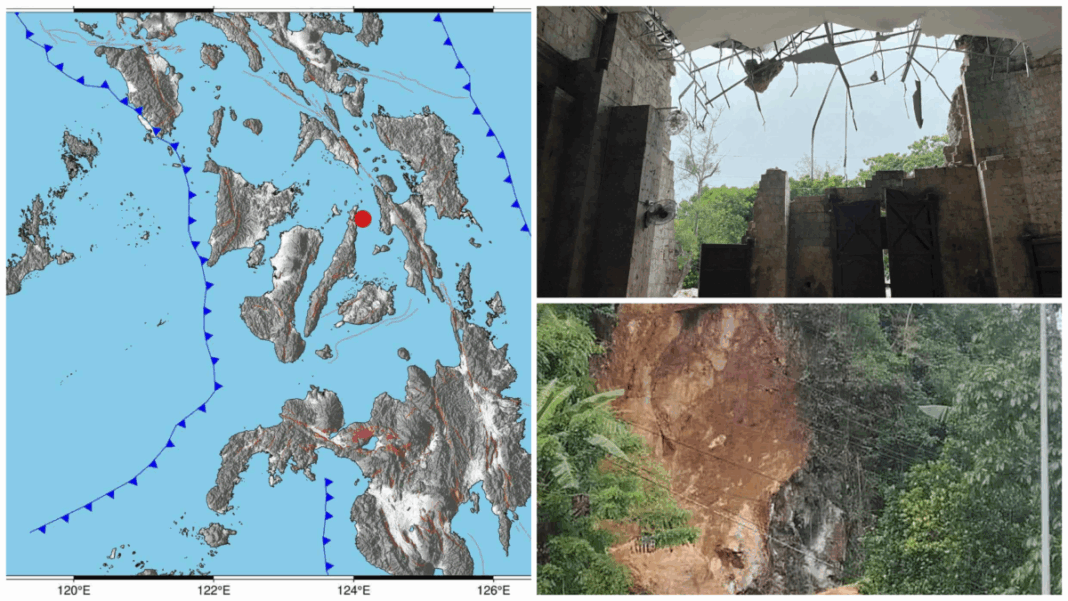The ground moved violently in Cebu on Tuesday night, turning a normal evening into a night of fear and devastation. At 9:59 p.m., a magnitude 6.9 earthquake ripped through the province, toppling buildings, cutting off power, and sending residents into the streets. Read the full story
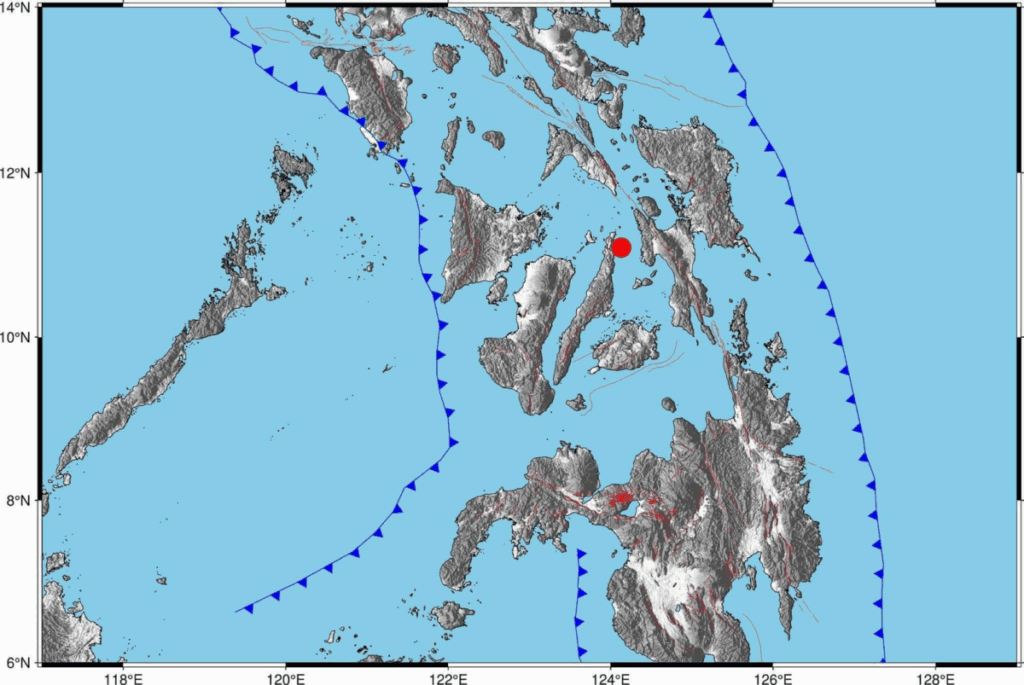
By morning, at least 27 people were confirmed dead and dozens more were injured. Families were displaced, homes reduced to rubble, and once-familiar landmarks scarred beyond recognition. The epicenter, just northeast of Bogo City, shook an entire island of 3.2 million people and set off aftershocks that rattled nerves deep into the night.
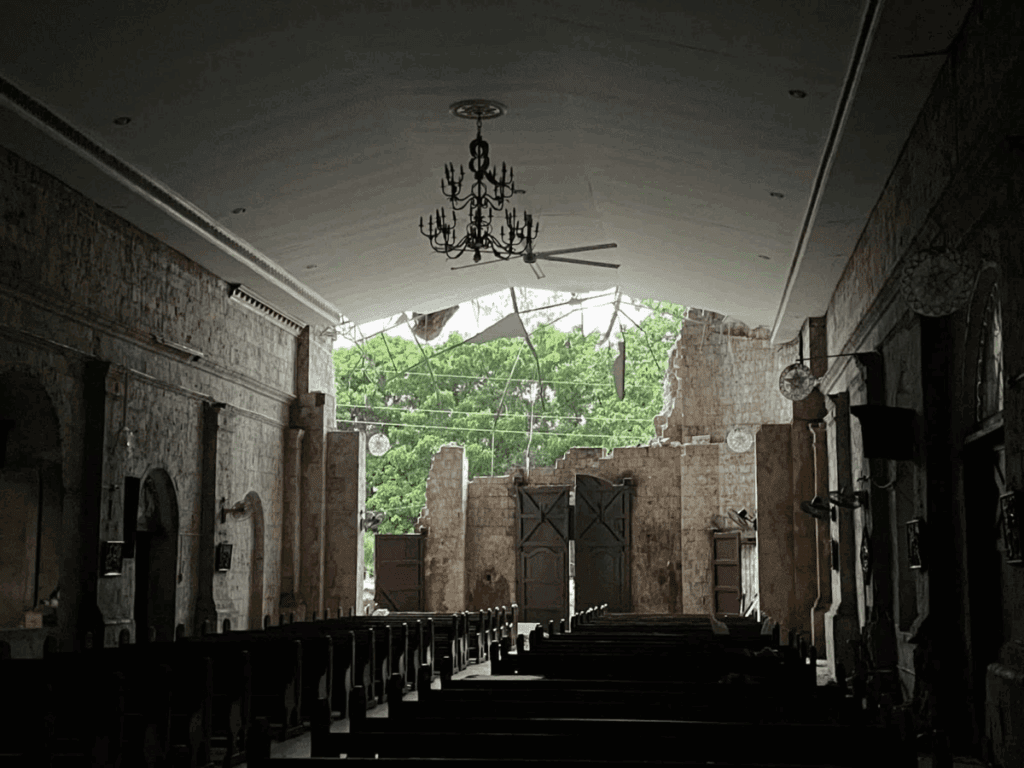
Losses Across Communities
The destruction stretched across northern Cebu. In San Remigio, a sports complex collapsed, claiming the lives of several public servants who had gathered inside. A child was also trapped in debris elsewhere in town, underscoring how indiscriminate disaster can be. The local government began the process of declaring a state of calamity to hasten relief and recovery.
In Bantayan and Bogo, churches, schools, commercial buildings, and village roads suffered heavy damage. The island’s heritage sites were not spared, as stone walls from historic churches tumbled onto the streets. Apartment blocks, restaurants, and public facilities bore cracks and fractures that made them unsafe for use.
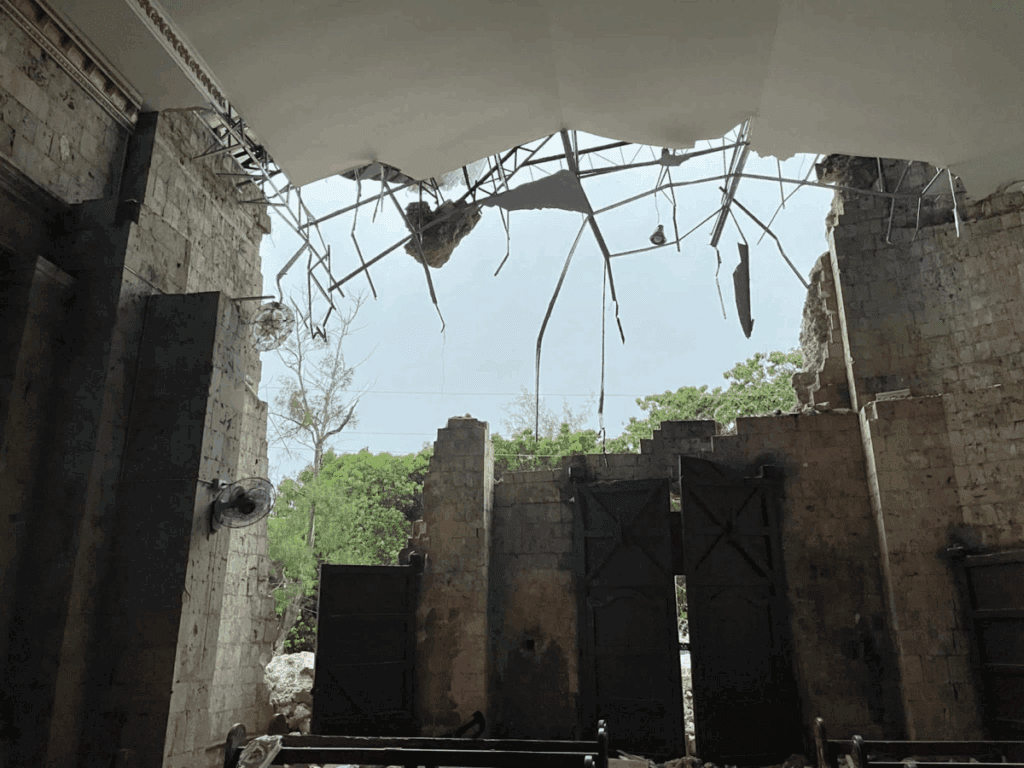
The Long Hours of Darkness
Rescue operations were immediately launched, but progress was slowed by power outages and blocked roads. With bridges and highways damaged, access to some of the most heavily affected towns was limited. Residents spent the night outdoors, wary of returning indoors as aftershocks continued to rumble.
The Scale of Damage
Four government buildings were reported damaged, along with six bridges and a major road. Power interruptions spread across Cebu and nearby islands as the grid automatically shut down to protect equipment. Schools and government offices suspended operations to allow inspections and repairs.



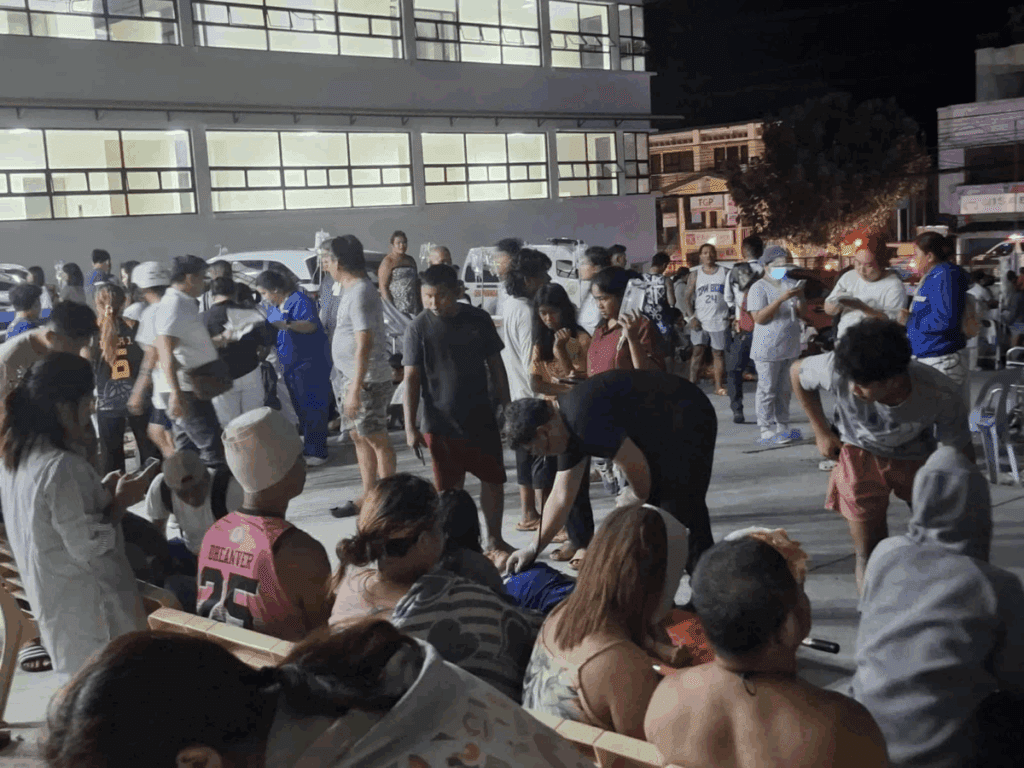
Relief supplies, including water and medicine, were deployed as officials coordinated with local governments to assess needs. Neighboring provinces began sending additional support, including medical teams, to ease the strain on Cebu’s responders.
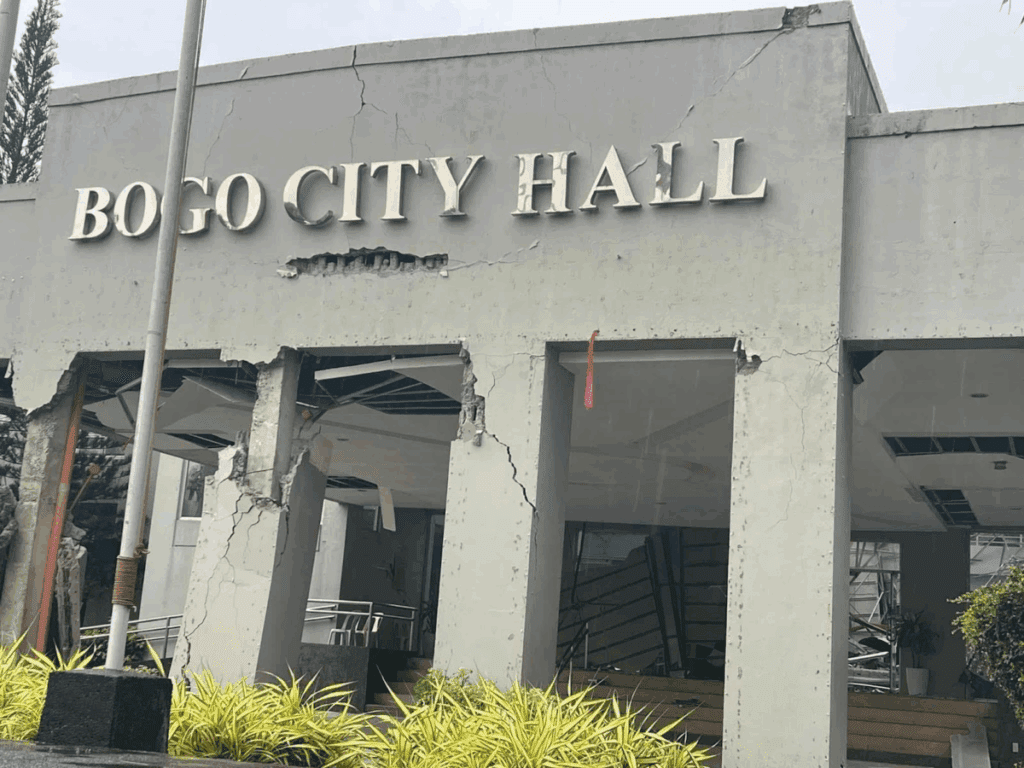
A Familiar Pattern
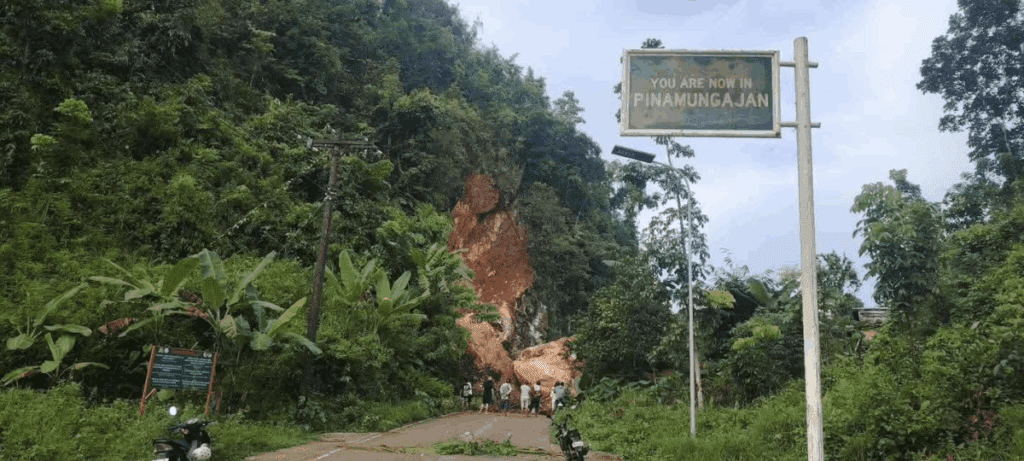
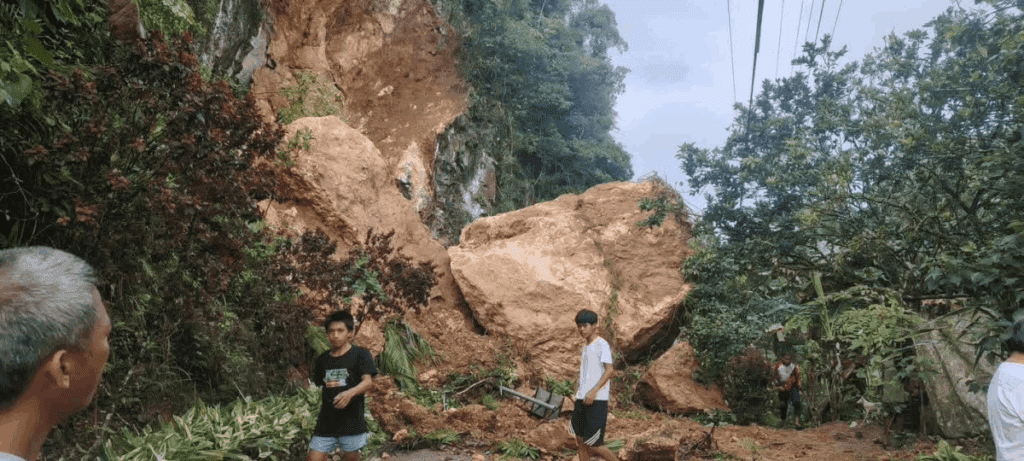
For many Filipinos, the quake was a reminder of the country’s fragile geography. Sitting squarely on the Pacific Ring of Fire, the Philippines is no stranger to tectonic violence. In the past two years alone, significant earthquakes have struck both the north and south of the archipelago, leaving casualties and extensive damage.
This latest disaster once again demonstrated how quickly life can change in an environment where earthquakes are not only possible but inevitable.

Resilience Amid Ruins

In the face of collapsed buildings, broken roads, and grieving families, Cebu now turns toward recovery. Relief teams continue to distribute supplies, engineers are inspecting structures, and communities are organizing to help one another. The damage is widespread, but so is the determination to rebuild.


Cebu’s night of shaking will be remembered not only for the destruction it caused, but also for the resilience it revealed. Out of fractured stone and broken concrete, the island is piecing together its strength for the long road ahead.

